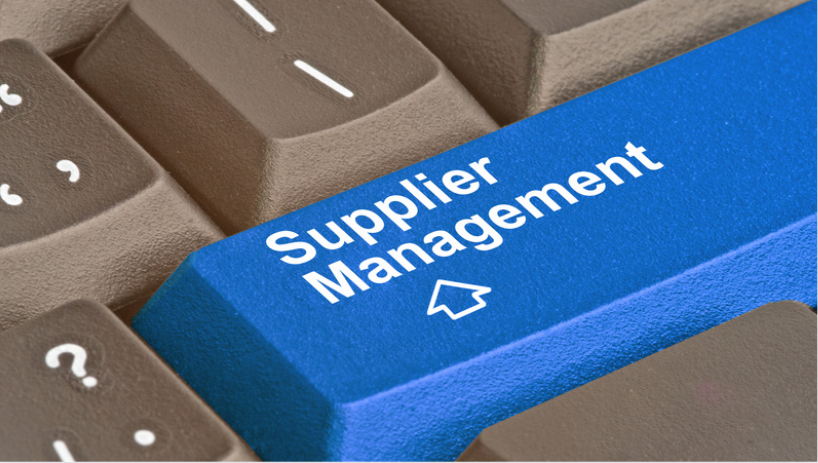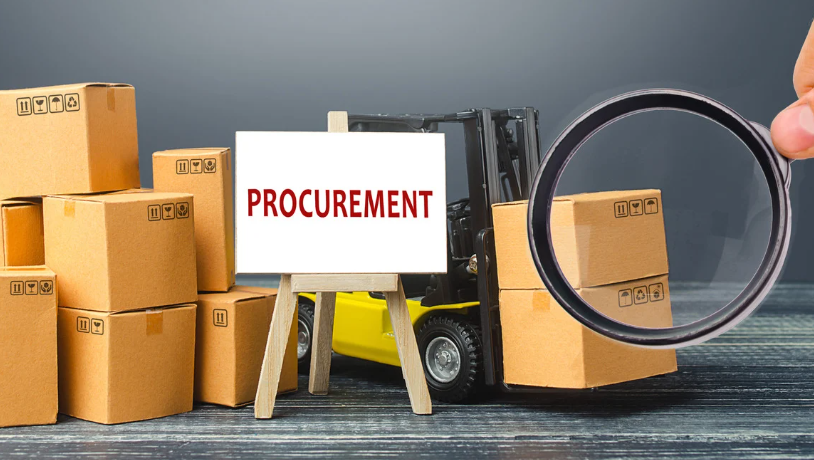Navigating the intricate landscape of supplier risk management is a crucial aspect of ensuring operational resilience and continuity for businesses of all sizes. In today’s dynamic global market, understanding and proactively addressing potential risks posed by suppliers is paramount to safeguarding supply chains and maintaining business stability. As I delve into the realm of supplier risk management, I’ll explore the strategies, best practices, and tools that can empower organizations to mitigate risks effectively.
From supply chain disruptions to compliance issues, supplier-related risks can have far-reaching consequences on a company’s bottom line and reputation. By adopting a proactive approach to supplier risk management, businesses can not only identify potential threats but also implement robust mitigation strategies.
Supplier Risk Management
What Is Supplier Risk Management?
 Supplier risk management is the process of identifying, assessing, and mitigating potential risks associated with the suppliers that a business engages with. It involves evaluating the probability of risks such as supply chain interruptions, compliance issues, financial instability, or quality control failures that may impact the continuity of operations. By proactively managing supplier risks, businesses can enhance their resilience and mitigate the negative impacts that these risks can pose.
Supplier risk management is the process of identifying, assessing, and mitigating potential risks associated with the suppliers that a business engages with. It involves evaluating the probability of risks such as supply chain interruptions, compliance issues, financial instability, or quality control failures that may impact the continuity of operations. By proactively managing supplier risks, businesses can enhance their resilience and mitigate the negative impacts that these risks can pose.
In today’s global economy, where businesses operate in complex and interconnected supply chains, supplier risk management plays a critical role in ensuring operational continuity and efficiency. The increasing globalization of markets has made supply chains more vulnerable to various risks, ranging from geopolitical uncertainties to natural disasters. Effective supplier risk management not only helps businesses avoid costly disruptions but also enhances their ability to respond swiftly to unforeseen challenges, maintain customer satisfaction, and uphold regulatory compliance standards.
Types of Risks in Supplier Management
Supplier management involves handling various types of risks that can impact a business’s operations. Understanding and addressing these risks are crucial for maintaining operational resilience. Let’s explore the different categories of risks that are commonly seen in supplier management.
Financial Risks
 In supplier management, financial risks are associated with the monetary aspects of a business relationship with suppliers. These risks can include supplier bankruptcy, fluctuating prices of goods or services, currency exchange rate variations, and payment delays. By closely monitoring financial indicators and conducting regular financial assessments of suppliers, businesses can proactively mitigate these risks.
In supplier management, financial risks are associated with the monetary aspects of a business relationship with suppliers. These risks can include supplier bankruptcy, fluctuating prices of goods or services, currency exchange rate variations, and payment delays. By closely monitoring financial indicators and conducting regular financial assessments of suppliers, businesses can proactively mitigate these risks.
Operational risks in supplier management relate to disruptions in the day-to-day operations of a business caused by issues with suppliers. These risks encompass factors such as production delays, quality control issues, logistics problems, and capacity constraints. Implementing contingency plans, fostering strong supplier relationships, and diversifying the supplier base are effective ways to manage operational risks and ensure continuity in business operations.
Geopolitical and Environmental Risks
Geopolitical and environmental risks in supplier management stem from factors such as political instability, trade regulations, natural disasters, climate change, and environmental sustainability concerns. These risks can significantly impact the supply chain by causing delays, increasing costs, or disrupting the flow of goods and services.
Strategies for Effective Supplier Risk Management
Developing a Risk Management Plan
 When managing supplier risks, it’s crucial to develop a comprehensive risk management plan. I recommend starting by identifying key areas of vulnerability in your supply chain, such as geographical dependencies, single-source suppliers, or supplier financial stability. By conducting a thorough risk assessment, I can prioritize high-impact risks and create mitigation strategies for each scenario.
When managing supplier risks, it’s crucial to develop a comprehensive risk management plan. I recommend starting by identifying key areas of vulnerability in your supply chain, such as geographical dependencies, single-source suppliers, or supplier financial stability. By conducting a thorough risk assessment, I can prioritize high-impact risks and create mitigation strategies for each scenario.
In today’s digital age, leveraging advanced tools and technologies can significantly enhance the analysis of supplier risks. I suggest using risk management software that provides real-time data on supplier performance, financial health, and compliance status. These tools can streamline the risk assessment process, enabling me to identify potential issues early on and take proactive measures to mitigate them. Additionally, implementing supply chain visibility solutions can help me monitor supplier activities and anticipate any disruptions before they escalate into significant problems.


